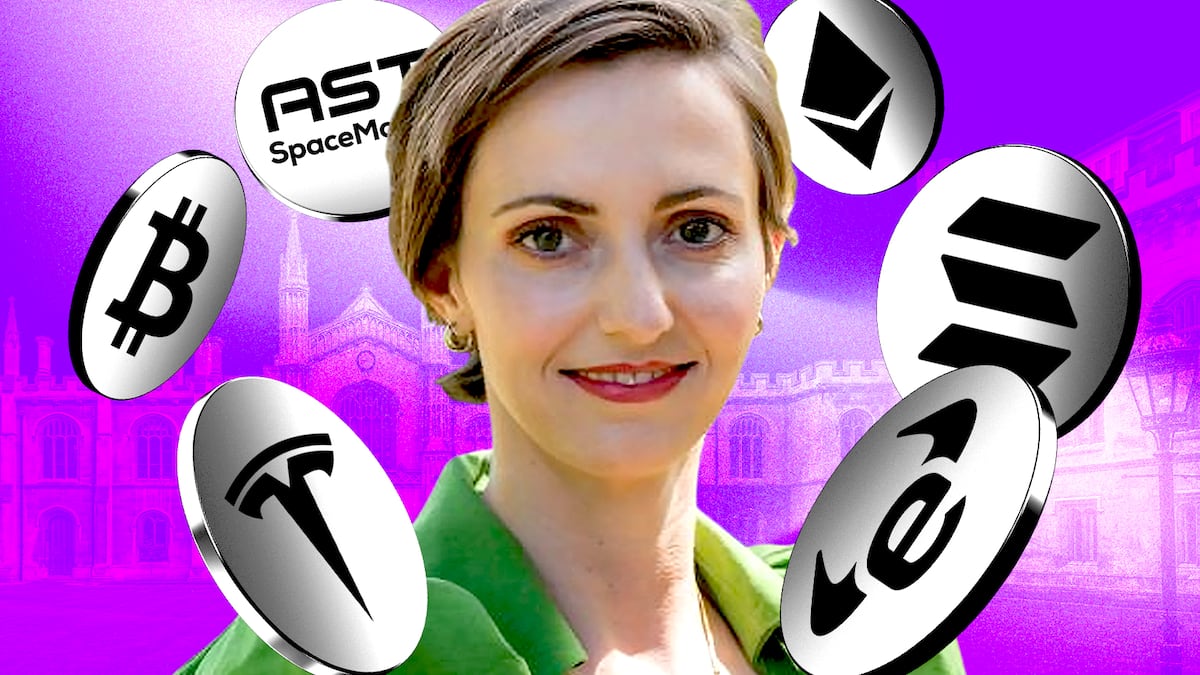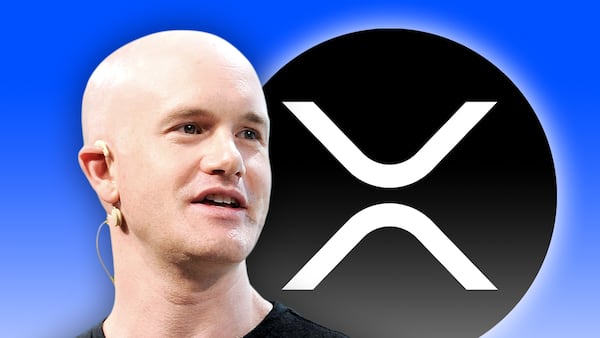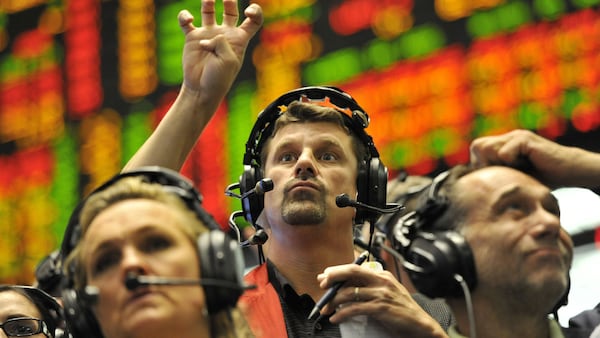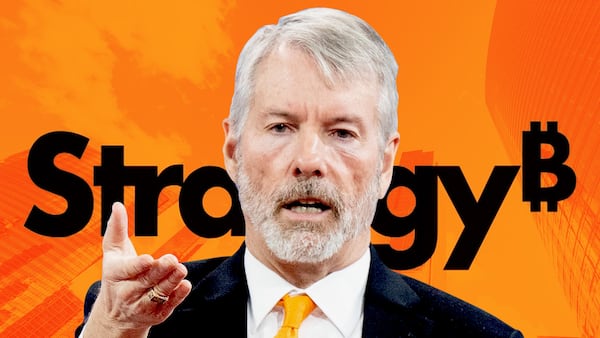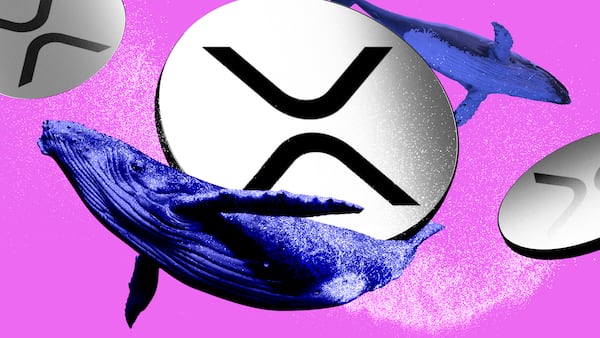- Heloïse Greeff, a top trader at eToro, has 6,000 followers.
- The machine learning scholar mixes stocks and crypto in her portfolio.
- Searching for data patterns in the markets has been profitable.
On a recent afternoon, Heloïse Greeff opened her eToro account and bought stock in a lesser-known satellite manufacturing company in Texas.
AST SpaceMobile, which provides internet connectivity in hard-to-reach places, is one of those stocks that is often overshadowed by splashier names such as Verizon or Vodafone.
Not by Greeff. She bought a small position. Then she waited.
Two weeks later, she closed the trades and pocketed a whopping 40% gain.
Copytrading
So, too, did the 6,100 investors who replicate her trades on eToro, the British-Israeli online trading platform.
As one of the top “popular traders” on the site, Greeff, 34, is part of a new wave of semi-pro investors who are followed by legions of mostly younger market participants.
For nine years, the Londoner has steered her portfolio of stocks and cryptocurrencies through periods of serious volatility and opportunity.
Along the way, Greeff has only recorded two down years — 2016 and 2022 — and this year she has returned 10.5%, which is 10 times better than the S&P 500 Index.
Her edge? Good old-fashioned research and data analysis, plus a little something extra.
“I use proprietary algorithms grounded in my machine learning research, but it’s not a black box,” said Greeff.
In a world driven by macroeconomic forces and momentum investing, stockpicking has gone out of fashion. Yet Greeff relishes doing her homework on companies to find hidden value.
“The goal is to balance conviction with diversification,” she said.
Market action
Greeff was a Rhodes Scholar at Oxford University, where she studied biomedical engineering and then earned a PhD in machine learning. As a student, the South African native co-patented a pump monitoring system for pulling water from a well with three other scientists.
She was poised for a career steeped in science and engineering when she started dabbling in the markets in 2016. Greeff fell in love with the action and applied her skills to finding trading patterns using proprietary algorithms.
“Not quite sure if I regret this,” said Greeff in an exclusive interview with DL News. “It’s definitely reshaped my life.”
‘I started in a place that a lot of beginners shouldn’t start.’
— Heloïse Greeff
As of May 19, more than 126,000 investors are watching her every market move. About a fifth of them have collectively invested more than $10 million to copy her exact trades.
Founded in Tel Aviv in 2007, eToro pioneered the use of copytrading several years ago. As one of the top performers on the platform, Greeff makes about $12,500 per month through the programme.
According to company filings, there are roughly 3,300 copyable traders on eToro. There are just a dozen who generate as much revenue as Greeff.
The model is designed to cultivate a social aspect to trading. Greeff regularly posts market updates, writes a newsletter for her copy trading army, and last year she flew to Australia, the United Arab Emirates, and Italy to meet some of her loyal fans.
It took Greeff some time to find her footing in the market.
Nine years ago, she dove in by day trading oil. Few markets are as volatile and fast-moving as energy, and Greef’s portfolio skidded more than 11% in 2016.
“I started in a place that a lot of beginners shouldn’t start,” Greeff said.
Top holdings
But the experience taught her to manage her emotions and hone her trading skills, she said. Now, she trades what she knows, including banking, technology, and health care stocks.
Her top three holdings are JPMorgan Chase, Alphabet, which owns Google, and Goldman Sachs. Greeff also doesn’t use leverage or take on a lot of risk to increase her returns. Her portfolio’s average risk rating is at six out of 10
She has also started throwing cryptocurrencies into the mix.
“I believe in the blockchain, and I think you should always put your money in anything that you believe in,” she told DL News.
Rebalancing
Bitcoin and Solana comprise about 5% of her portfolio. She says she holds Bitcoin as a digital store of value, like gold. And she holds Solana thanks to its fast transaction speeds.
As for Ethereum, she recorded a 40% loss trading the second-largest cryptocurrency at the end of last year after holding it from its highs in 2021.
Greeff said that Ethereum was just too risky compared to its relative return, and it became too correlated to other holdings in her portfolio.
“It was ultimately a rebalancing decision, not a conviction collapse,” she said.
She’s excluded it from her portfolio ever since.
“In my personal investments, yes,” she says. “It’s unfortunately been a bit sluggish. It’s a shame, isn’t it?”
Liam Kelly is DL News’ Berlin-based DeFi correspondent. Have a tip? Get in touch at liam@dlnews.com.
